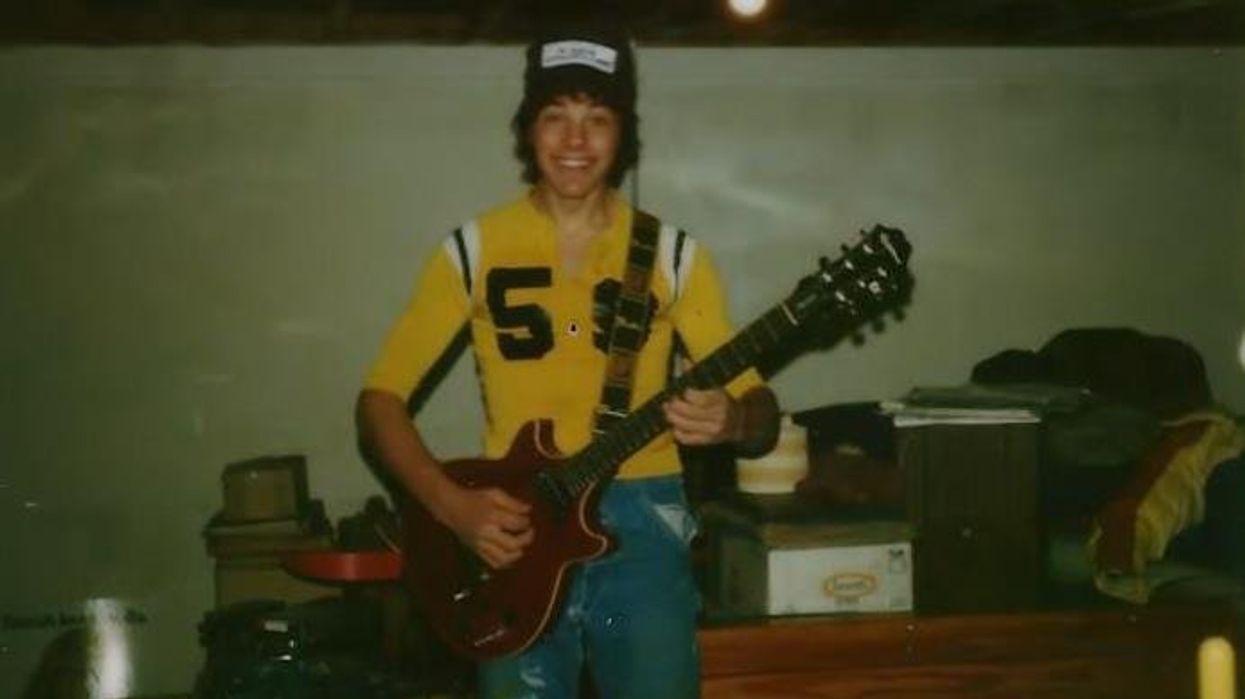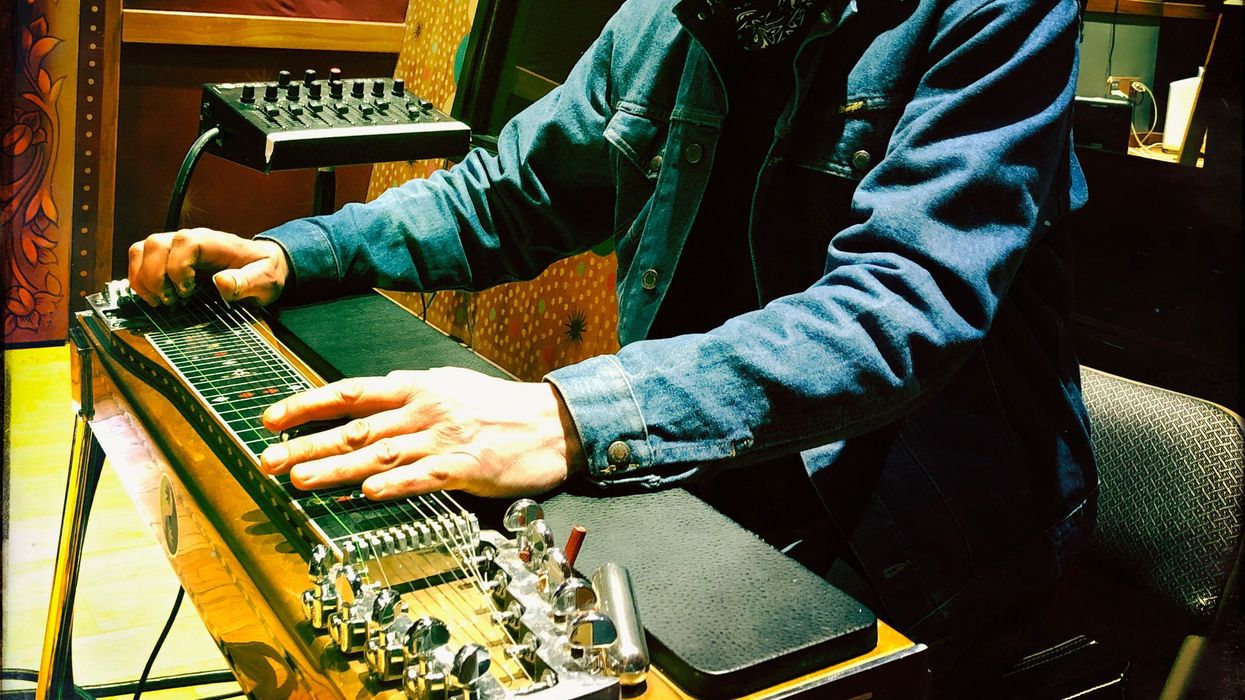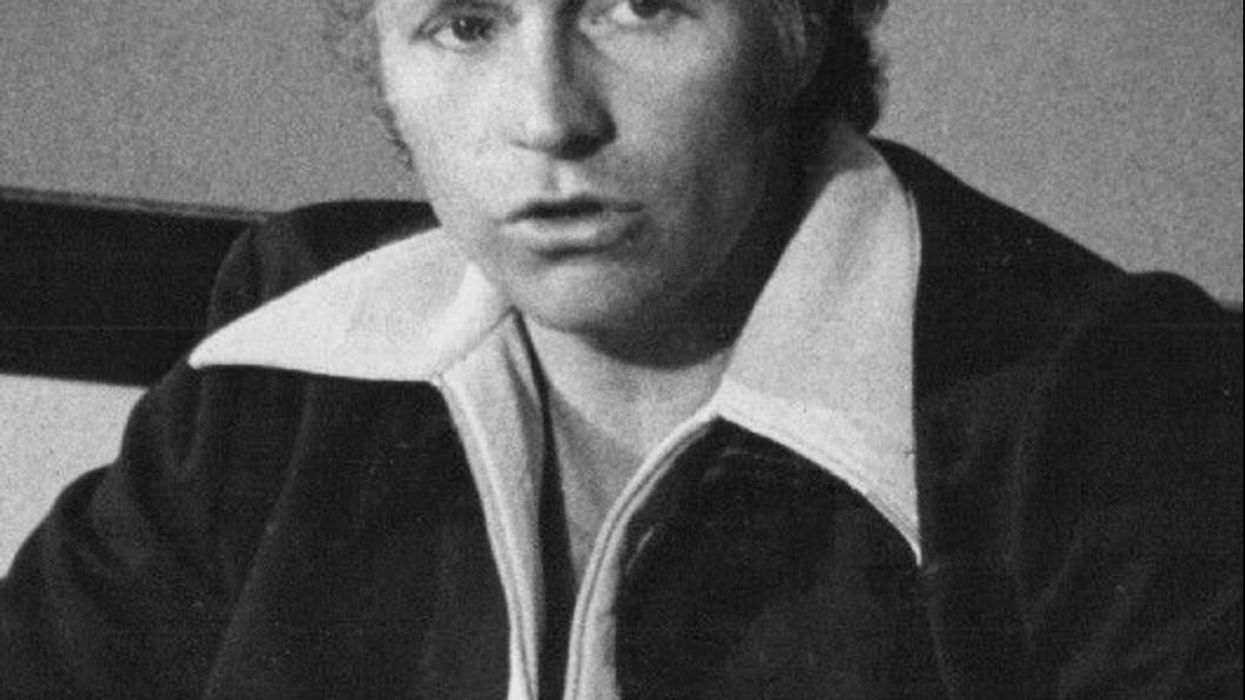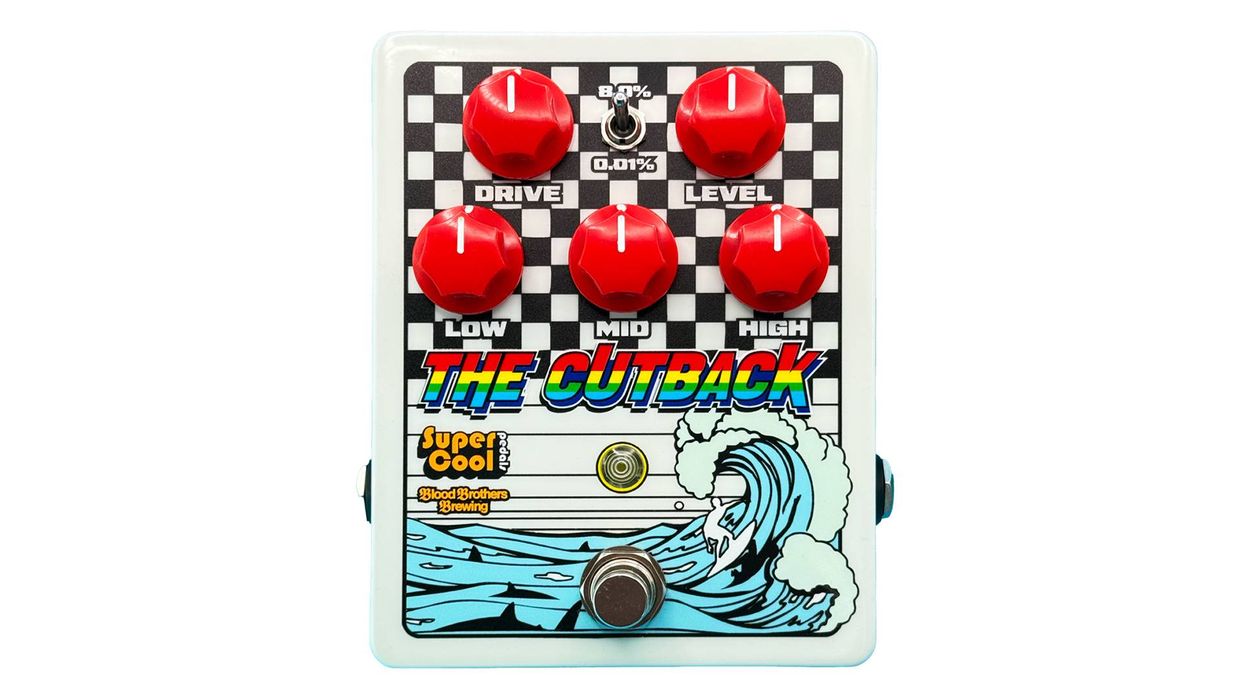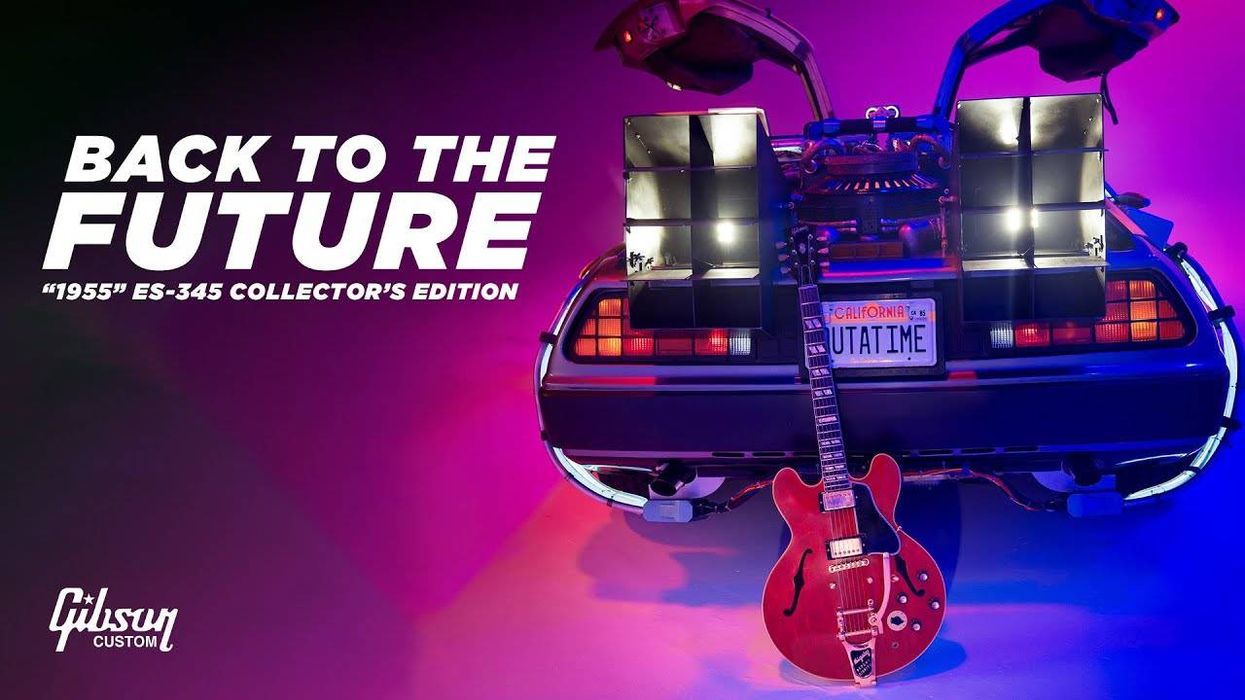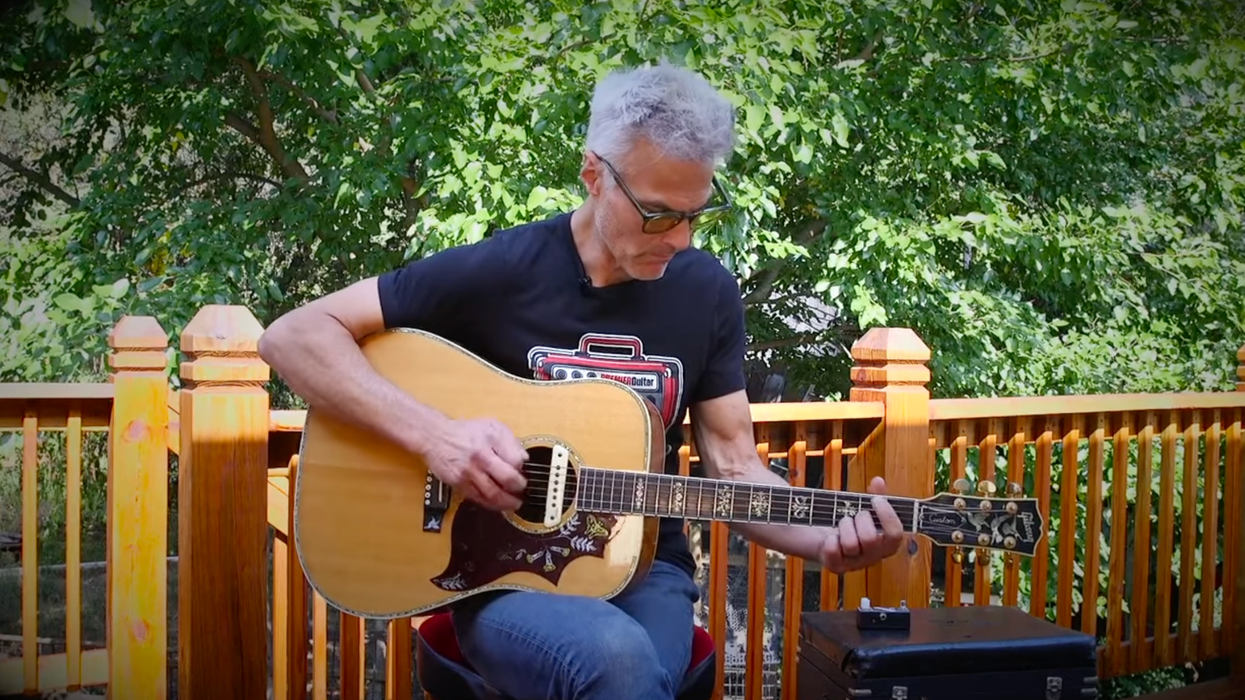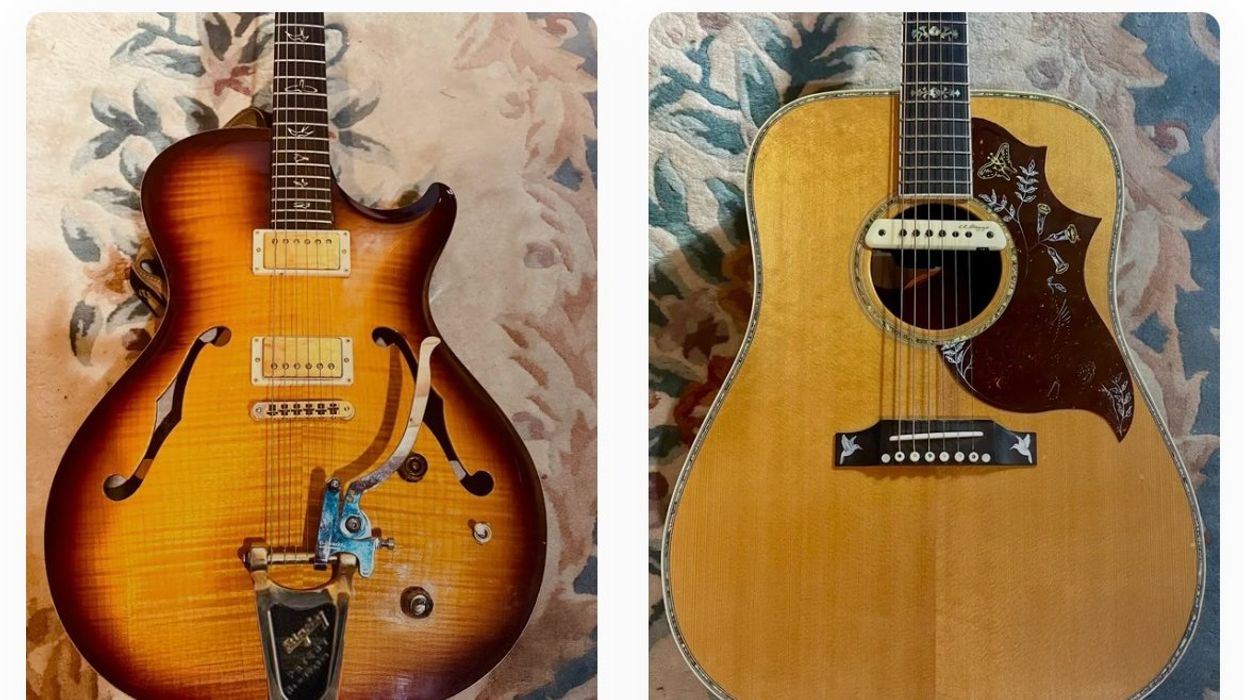“Life is what happens to you while you’re busy making other plans.” —Allen Saunders (via John Lennon’s “Beautiful Boy”)
By the time this is published, I will be 60 years of age. I’ve been writing this bit of infotainment for nearly 18 years, so it feels like I should have some life lessons to share. Let me preface it by reminding you I’m not particularly wise, nor have I accomplished much. But I have been gigging for 44 years, and I’m still standing, so here are a few tips that might help fellow musicians on the long journey.
Although ageism is the last socially acceptable prejudice, I no longer sweat it. Because music is marketed primarily to kids, I worried I’d be aged out when my hair began transitioning from black to white in my 30s. I’d dyed it Elvis black for nearly two embarrassing decades to extend my imagined expiration date. By 50, the jig was up; I’d have to dye my hair every four minutes to maintain the illusion. That’s when I realized there are two options: grow old or look creepy.
Turns out, all the anxiety and wringing of hands fearing the inevitable was a huge waste of time and bad feelings. Sure, now I wake up every morning feeling like I have been beaten by a bag of doorknobs. And on a long gig, the weight of my guitar is more important than the tone. And my hearing, vision, and stamina are no longer at their peak. But honestly, life is, for the most part, better now.
I definitely am a better musician today than when I was younger. If you put in the time playing, you will inevitably improve. The key is, you have to work to push past what you already know. A lot of players hit their plateau early and never surpass it. They built a tool kit of riffs and tricks that got the job done, started working professionally, and then stopped working to improve beyond that. If you want to get to the next level in anything, you’ll need to get out of your comfort zone. Want to play better? Do something hard you’ve never done, like learning jazz, bluegrass, or metal tunes and practicing them with a metronome.
“The key is, you have to work to push past what you already know..”
Apply the same technique to other parts of your life. Want to feel better? Get off the couch and push your body with regular exercise, even if it’s just walking for 15 minutes. Want to be better off financially? Invest as much as you can, even if it means you will not be able to afford some creature comforts in the present. Or have that super uncomfortable conversation with your boss and ask for a raise. Want a better relationship? Be vulnerable. Nobody has ever improved their life without going through something uncomfortable. Life will pay you back for the work you put into it.
There’s a common fallacy about youth's fearlessness versus the wisdom of age. I was terrified through much of my youth. I was way too concerned about what other people thought about me. I was constantly comparing myself to others. I did not know what I was doing, and I was broke. I was always scheming and planning to improve life, and then was crestfallen when it never went as planned.
Life became much easier when I learned:
• Nobody is thinking about me. (People are generally thinking about themselves.)
• Comparison is the thief of joy.
• Nobody really knows what they are doing. (We are all just trying to figure it out.)
• If you work hard and live simply, the money thing works out.
• Plans lead to a betrayal of expectation. It’s good to have a plan to motivate you to work toward something, but be fluid. Failed plans will lead you to where you are supposed to be.
• Wisdom does not come with age unless you learn something along the way. If you live your entire life with a closed mind, too afraid or too lazy to think, you are missing out.
• Probably the biggest improvement that’s come with age is I’m learning to live in the moment. Most mental health professionals agree that depression often involves ruminating on the past, whereas anxiety is caused by spending a lot of time worrying about the future. But if you can stay in the eternal now, which really is all there is, then you’re living, not worrying.
I realize this reads like a string of cliché maxims, but that doesn’t make them less true. Let me leave you with a few more.
• Forgiveness is the gift you give yourself.
• It’s okay to not be okay. Life will inevitably hurt. Good or bad, this too shall pass.
Everybody has their theory of spirituality. Mine is, if there is a higher power, how we live our life is how God experiences his creation. I want to use up all my tickets and ride every ride at the carnival. If life has a point, the point is to live it. The Titanic sinks; we in the band play on.
